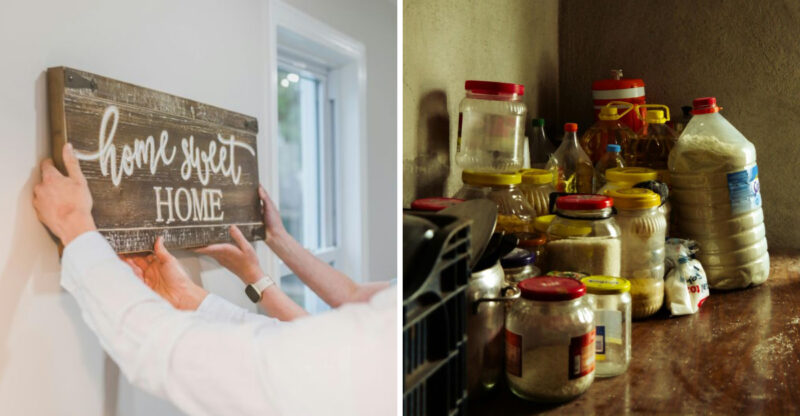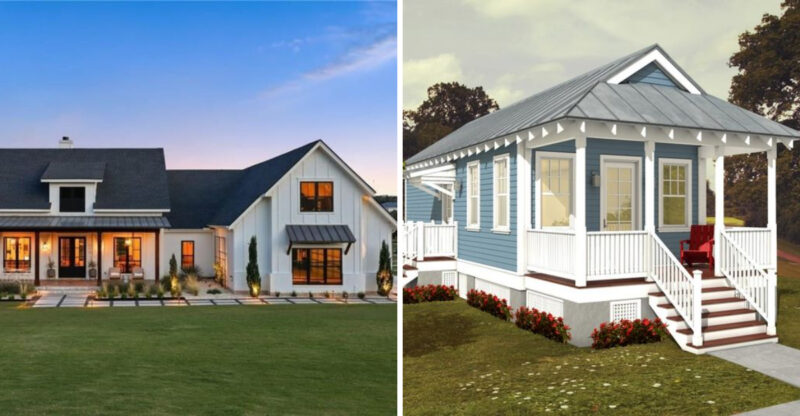By The End Of 2025 These 11 Types Of Homes Will Plummet In States Like Arizona
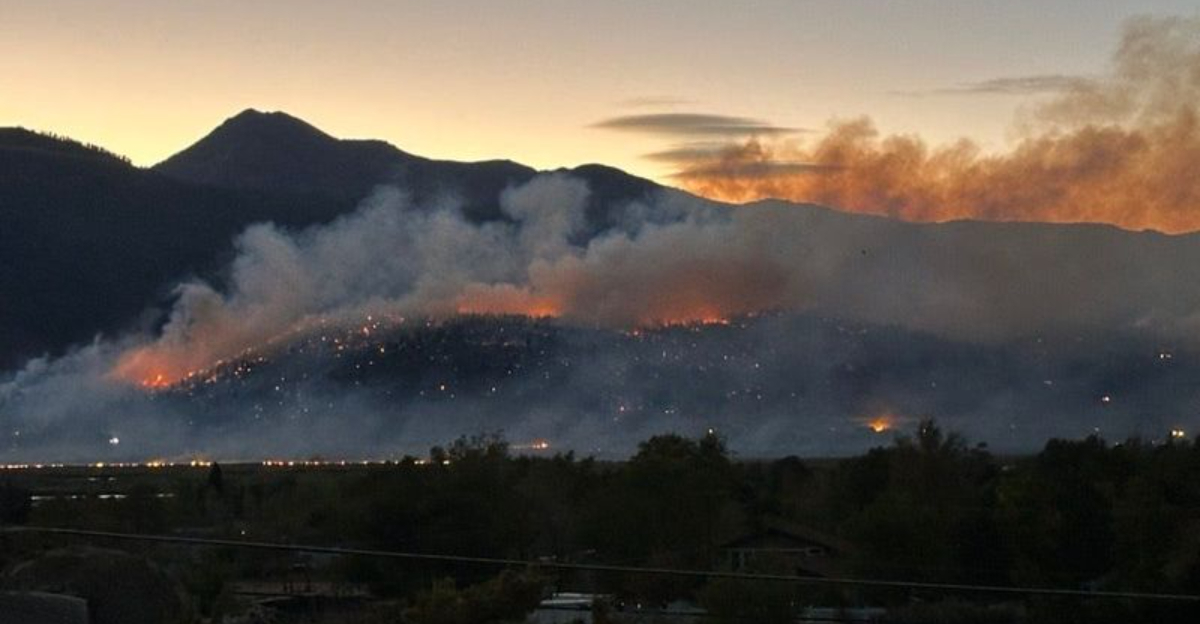
The Arizona housing market is undergoing a dramatic shift as 2025 approaches.
Climate change, water scarcity, and changing buyer priorities are redefining what makes a home desirable in the desert.
Properties that once fetched premium prices may now face steep value declines, as today’s buyers increasingly prioritize sustainability, energy efficiency, and long-term livability in hot, arid environments.
1. Large Desert Mansions

Sprawling desert estates with 6,000+ square feet are quickly losing their appeal. The maintenance costs alone can reach thousands monthly in extreme heat conditions, making these properties increasingly difficult to sell.
Water bills for landscaping these massive properties have skyrocketed as restrictions tighten. New buyers are hesitant to take on such resource-intensive homes when conservation is becoming non-negotiable.
Many of these mansions were built during boom times with little regard for desert-appropriate design. Their poor energy efficiency and massive cooling requirements make them financial burdens in an era of climate consciousness and rising utility costs.
2. Excessive Luxury Condos
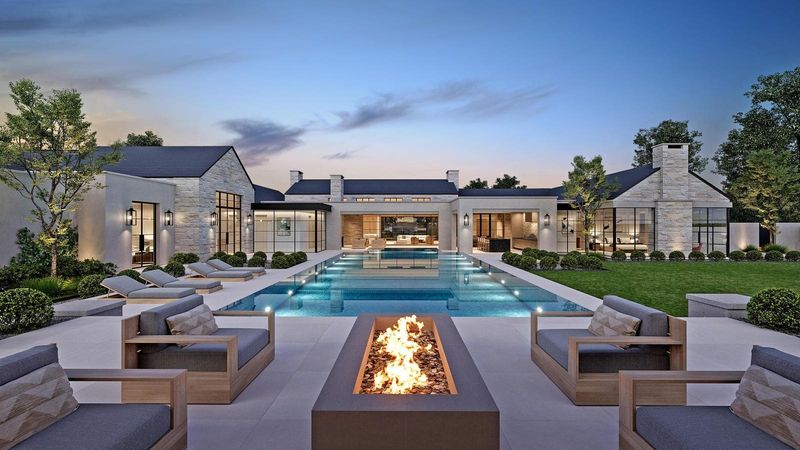
High-end condos with excessive amenities are facing a reality check in Arizona’s changing market. The combination of steep HOA fees and utilities makes these properties increasingly unattractive as buyers become more cost-conscious.
Many luxury condos were built with enormous windows and poor insulation, creating greenhouse effects during summer months. Cooling these spaces requires constant air conditioning, resulting in utility bills that can exceed $500 monthly during peak heat.
Investors who bought these units expecting continuous appreciation are now competing with newer, more efficient buildings. This oversupply of luxury condos means prices will likely drop significantly as buyers favor more practical and sustainable options.
3. Golf Course Homes
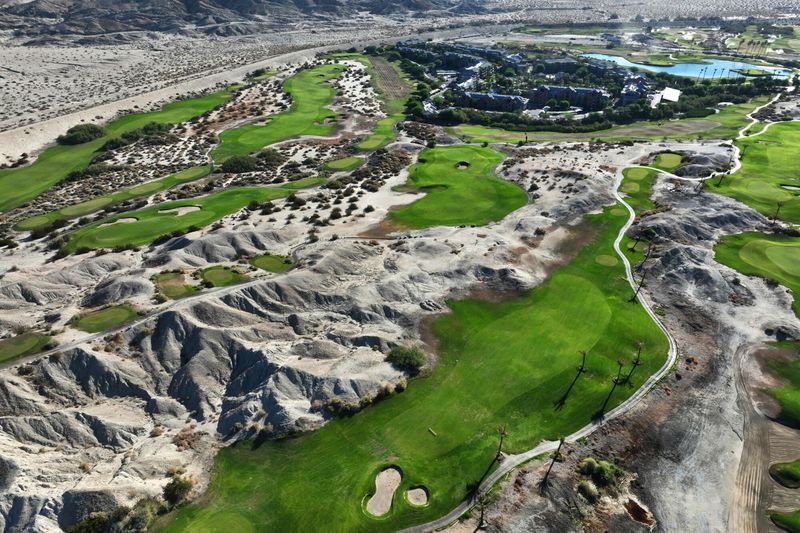
Homes lining golf courses are losing their premium status fast. Water scarcity is forcing many courses to scale back or close entirely, leaving homeowners with views of browning fairways instead of manicured greens.
The astronomical water requirements for maintaining golf courses in desert regions have become increasingly controversial. Many municipalities are implementing strict water allocation systems that make golf course maintenance prohibitively expensive or impossible.
Young homebuyers simply don’t value golf course living the way previous generations did. This demographic shift, combined with the environmental concerns, means these once-coveted properties will see values drop substantially as demand continues to wane in water-stressed states like Arizona.
4. Isolated Rural Cabins

Remote properties far from services are rapidly losing appeal as wildfire risks intensify. Insurance companies are either dropping coverage or raising premiums to unaffordable levels for homes in vulnerable areas.
Water access is becoming a critical issue for isolated properties. Wells are running dry as groundwater levels drop, and the cost of drilling deeper or hauling water makes these homes financially unsustainable for many owners.
The work-from-home trend initially boosted interest in rural properties, but inadequate internet infrastructure remains a deal-breaker. As remote work normalizes, buyers are instead seeking homes with both natural surroundings and reliable services, leaving truly isolated properties with few potential buyers.
5. Massive Custom Builds

Oversized custom homes with unique, personalized features are becoming white elephants in the Arizona market. Their hyper-specific designs severely limit the pool of interested buyers, often leading to extended selling periods and substantial price cuts.
These homes typically come with custom systems that are expensive to maintain and difficult to repair. From elaborate water features to complex smart home setups, the specialized knowledge required for upkeep becomes a significant liability when selling.
Energy demands for these massive builds are simply unsustainable in extreme heat. Many were constructed during periods of lower energy costs, with little consideration for efficiency, making them increasingly expensive to operate as utility rates rise and climate concerns grow.
6. High-Maintenance Villas
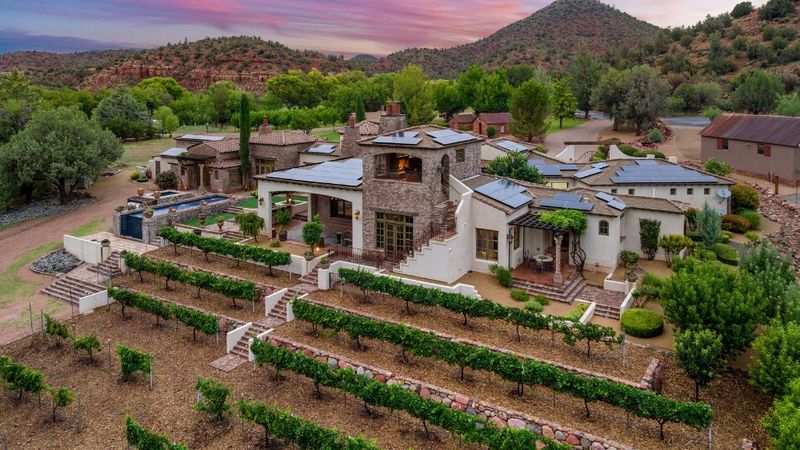
Mediterranean and Tuscan-style villas with elaborate details are falling out of favor fast. Their ornate stucco work, decorative tiles, and complex rooflines require constant upkeep in the harsh desert climate, where sun damage is accelerated.
These properties often feature extensive outdoor living spaces with water-hungry landscaping. As water becomes more precious and expensive in Arizona, the cost of maintaining these lush environments is becoming prohibitive for most homeowners.
The dark, heavy aesthetics of these designs conflict with modern preferences for light, airy spaces. Buyers increasingly seek homes that feel connected to the desert environment rather than attempting to recreate European aesthetics in an incompatible climate, leading to significant value drops for these once-prestigious properties.
7. Energy-Intense Estates

Homes built before modern energy codes are becoming financial drains in Arizona’s extreme climate. Their poor insulation, outdated windows, and inefficient HVAC systems create cooling bills that can exceed mortgage payments during summer months.
Many of these properties feature soaring ceilings and open floor plans that are nearly impossible to cool efficiently. The engineering challenges of retrofitting these homes for energy efficiency often make renovations cost-prohibitive, further depressing their market value.
Buyers are increasingly running energy cost analyses before purchasing. When faced with the choice between an older energy-intense estate and a modern, efficient home at similar price points, the efficient option wins almost every time, creating a downward spiral for these energy-hungry properties.
8. Water-Dependent Properties

Homes with extensive water features are facing a reckoning as Arizona’s water crisis deepens. Properties with decorative fountains, artificial streams, and large pools are seeing maintenance costs soar while buyer interest plummets.
Artificial lakes and waterfront properties in desert developments are particularly vulnerable. These water bodies experience high evaporation rates, requiring constant replenishment that may become restricted or prohibited as water conservation measures intensify.
The ecological impact of maintaining these water-intensive properties is increasingly viewed negatively. As environmental consciousness grows among buyers, these once-prestigious homes are being reframed as wasteful and out of touch, leading to significant drops in perceived value and market price.
9. Remote Mountain Chalets
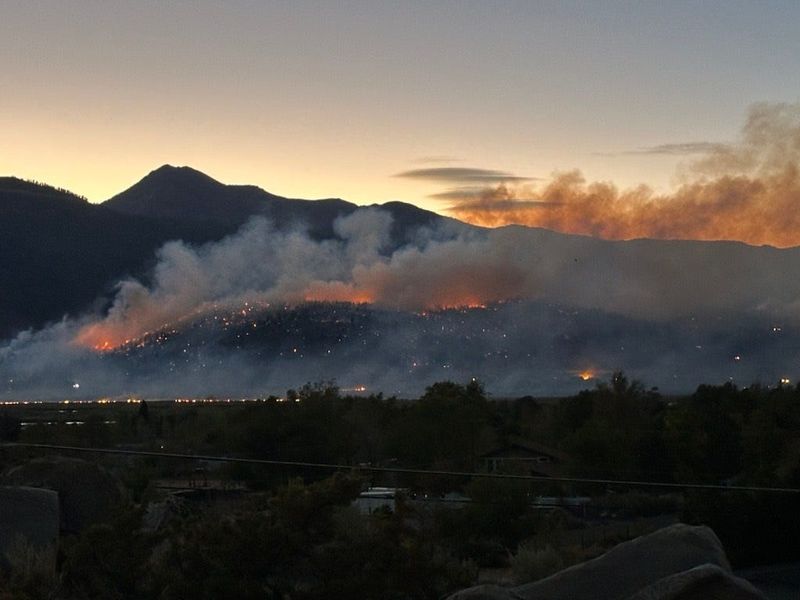
Mountain homes in Arizona’s higher elevations are facing multiple threats to their value. Climate change has increased wildfire frequency and intensity, making these properties increasingly difficult and expensive to insure.
Access issues compound during extreme weather events, which are becoming more common. Many remote roads to these properties aren’t maintained year-round, and emergency services may be unavailable during critical times, a reality that deters many potential buyers.
The combination of rising insurance costs, maintenance challenges, and climate uncertainty is creating a perfect storm for mountain property values. What was once seen as a peaceful retreat is increasingly viewed as a risky investment, with many owners already experiencing difficulty selling without significant price reductions.
10. Older Stucco Homes
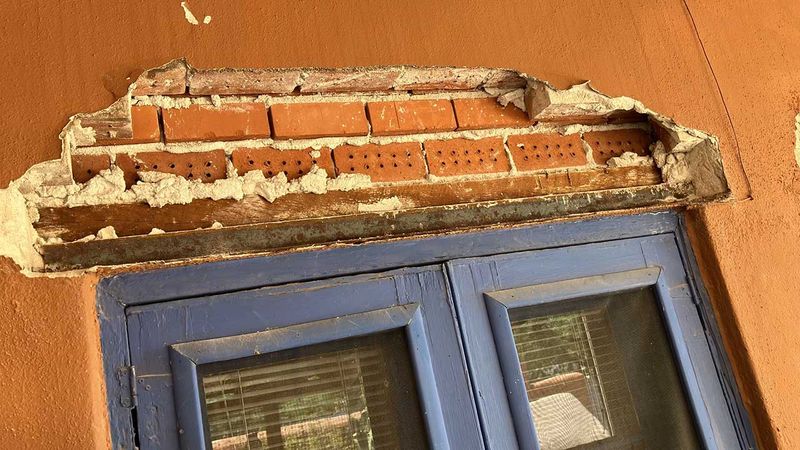
Aging stucco homes built in the 1990s and early 2000s are facing serious structural concerns in Arizona’s climate. Many were constructed with synthetic stucco systems that, when improperly installed, trap moisture and lead to extensive damage that’s often invisible until catastrophic.
Repair costs for these issues can easily exceed $100,000, making these homes increasingly risky purchases. Savvy buyers are now requiring specialized stucco inspections, revealing problems that significantly impact property values.
The dated appearance of these homes presents another challenge in a competitive market. Their characteristic rounded archways, niches, and bulky exterior details have fallen out of fashion compared to the clean lines of contemporary desert architecture, further accelerating their decline in value.
11. Oversized Suburban Houses
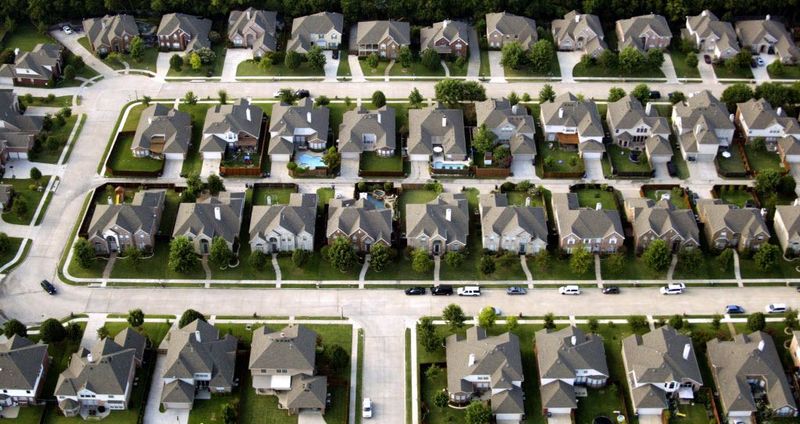
McMansions in Arizona’s outer suburbs are rapidly losing their appeal as commuting costs rise and work patterns change. These 3,500+ square foot homes on small lots represent the worst of both worlds: too large to maintain efficiently yet lacking the privacy of truly rural properties.
Their cookie-cutter designs and poor construction quality are becoming increasingly apparent as they age. Issues with builder-grade materials failing prematurely in the harsh desert climate are common, leading to expensive repairs that further reduce these properties’ desirability.
Younger buyers simply aren’t interested in these homes, preferring either smaller, more efficient properties or authentic luxury. This generational shift in preferences, combined with rising energy costs, means these oversized suburban houses will continue to see values drop through 2025.




